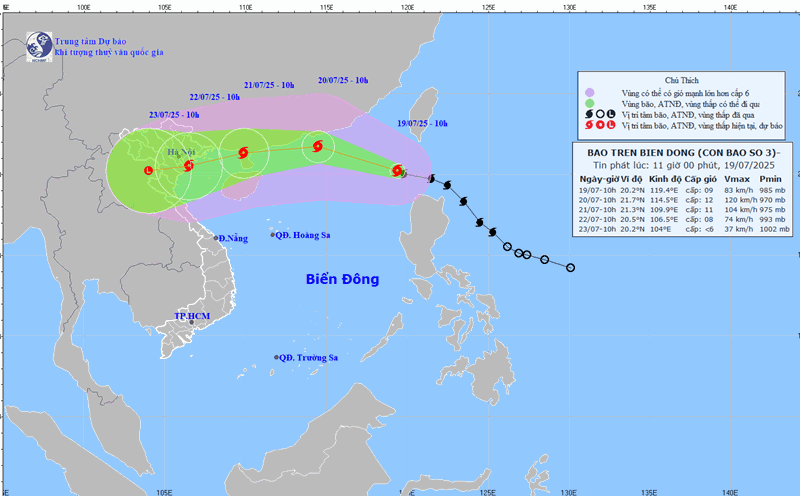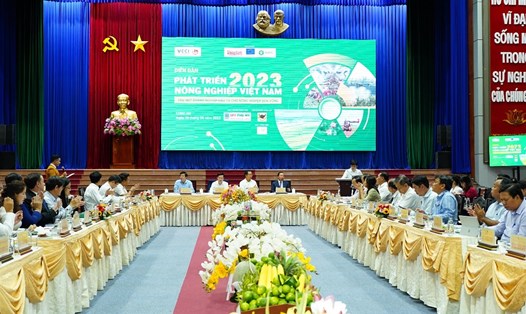How do you evaluate the expected nationwide use of E10 gasoline from January 1, 2026?
- The Government has decided to develop a roadmap for the development of biofuel very early, through Decision 53/2012/QD-TTg on the use of E5 gasoline nationwide from December 1, 2017. However, due to objective and subjective reasons, this roadmap has been delayed.
Converting to biofuel, especially E10 gasoline, is a common trend in the world in the context of fossil fuels having a negative impact on the environment. Therefore, the Ministry of Industry and Trade and the Government's continued implementation of the roadmap for the use of biofuel is the right step.
Raising the Ethanol phase ratio to 10% in E10 gasoline helps reduce greenhouse gas emissions by about 30-35% compared to mineral gasoline. Scientists have proven that E10 gasoline can reduce the greenhouse effect, which is very beneficial for the environment. Vietnam has also issued national technical regulations for biofuels, including E10 gasoline.
The production of E10 gasoline also helps reduce dependence on fossil energy, helping to protect domestic energy supply, reducing dependence on imported fuel.
What difficulties will the implementation of E10 gasoline nationwide encounter? What solutions do we need to have to overcome those challenges, sir?
- To put E10 gasoline into use as expected, there needs to be a clear and synchronous distribution policy between State agencies and enterprises. In addition, the quality of E10 gasoline depends on the ratio of Ethanol mixed into mineral gasoline. Currently, Vietnam is the only country that allows the use of many different levels of refinement for biofuel.
Using E10 gasoline with high standards will help improve environmental quality and receive popularity from the people.
Although there will be difficulties in implementing E10 gasoline, with the experience gained from the implementation of E5 gasoline before, businesses can implement it if they have a clear roadmap and plan. Enterprises need at least 6 months to prepare for the production, mixing, transporting and distributing of E10 gasoline to avoid passive situation.
With a Ethanol phase ratio of up to 10%, how do you evaluate the ability to meet Vietnam's Ethanol raw material source to produce E10 gasoline in the coming time?
- Regarding the source of Ethanol, Vietnam can currently produce from ingredients such as cassava and corn. However, the shortage of cassava ingredients and lack of investment in agriculture have caused domestic Ethanol production to be unstable. Ethanol factories in Vietnam such as Dung Quat, Dak Lak... are still facing difficulties due to unclear implementation roadmap.
However, as demand for E10 gasoline increases, domestic Ethanol factories may be resumed and expanded to meet market demand.This will create opportunities for the Vietnamese agricultural sector to develop more strongly, creating many raw material areas for Ethanol production.
Some opinions say that in recent years, E5 gasoline has gradually disappeared and has not been popular with the people. What should be done to make E10 gasoline sustainable?
- Up to now, consumers have not "turned their backs" on E5 gasoline, mainly because we choose the product to combine with biological ingredients, low-quality RON92 gasoline. Meanwhile, customers always tend to use higher quality gasoline.
It is understandable that consumers always tend to favor high-quality gasoline products, such as RON 95 gasoline.
If E10 gasoline is blended with higher standards, consumers will be ready to switch to use. Thus, it is necessary to improve the supply, improve the quality of Ethanol and mixed gasoline, and factories must ensure high production standards. The Ministry of Industry and Trade needs to have regulations on a specific roadmap for the early blending and distribution of E10 gasoline to give businesses time to prepare.










